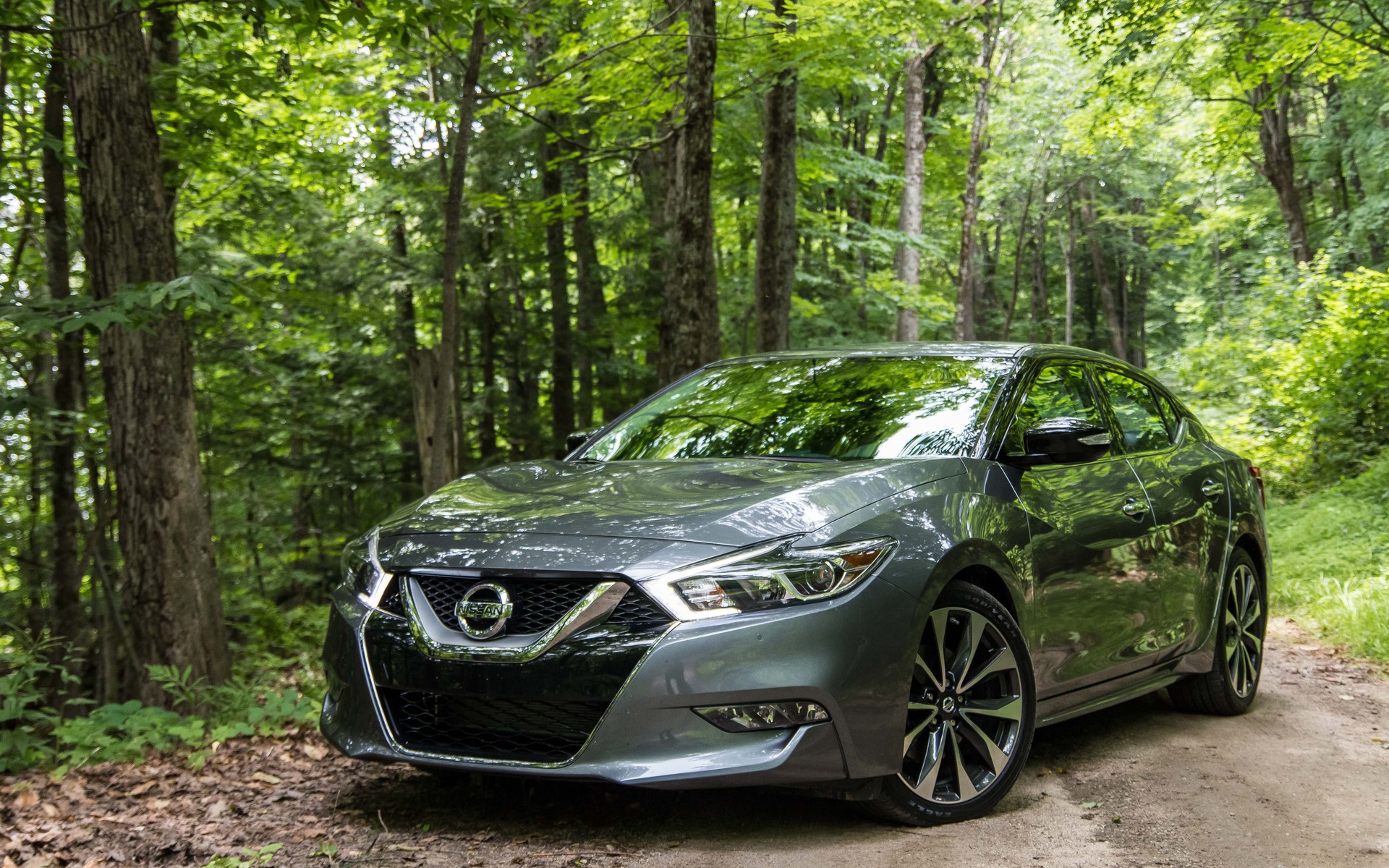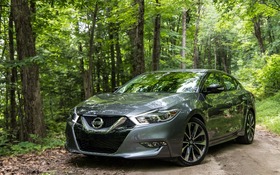2016 Nissan Maxima: Wading Through The Haze of Automobile Positioning
At our “Canadian” test drive of the 2016 Maxima, there was an Acura TLX in the presentation room. It was made available to us so that we might compare it with the Maxima that we had just driven.
Beige-grey in colour, it was dull next to Nissan’s beaming sedan—but all’s fair in marketing, I guess.
Nissan’s message was clear: Firstly, anyone analyzing the TLX should be able to see that for the price of a basic TLX, you can buy a (practically) fully equipped Maxima. Secondly, if you’re tempted to buy a fully equipped Honda Accord, you should know that you can get a bigger, more luxurious and a higher-tech Maxima for a similar price.
Comparing apples and apples?
I asked the folks at Nissan if the same would be true if we replaced the TLX with the Infiniti Q50 and the Accord with the Nissan Altima. After all, like the Accord and Altima, the TLX and Q50 are technically in the same segment.
The answer was rather predictable: each and every Nissan product is aimed at a distinct clientele, people aren’t all looking for the same thing, blah, blah, blah.
The truth is that someone looking for an intermediate sedan, before arriving at the Honda Accord, has probably looked at what’s available elsewhere, including the Altima, for instance. And if the Maxima is attractive to Accord buyers, then the same goes for Altima buyers.
It goes without saying that no automobile manufacturer wants to cannibalize its own sales. When it launches a new product, it does so to gain new clients and not to transfer its existing clients from one product to another. Some would argue that this would be a way to consolidate one’s clientele, but it would be expensive to develop a car just to win the loyalty of a few customers.
The story is much the same for the TLX. If potential buyers realize that they’ll get more bang for their buck with a Maxima, why wouldn’t those shopping for a Q50 be tempted to do the same? After all, the TLX isn’t exactly the most dynamic car in its class, but then again, neither is the Q50.
What’s more, the interchangeability between the Q50 and the Maxima is the reason why the 2016 Maxima has been diluted, and it began while it was still at the design stage.
Existential questions
The Maxima was built on the same platform as the Murano, so it’s a definite candidate for all-wheel drive. Nissan admits that they did a lot of research on this subject, but in the end, adding all-wheel drive would have increased the price of the vehicle by $1,500 to $2,000. To remain competitive, the company decided to opt for front-wheel drive.
This line of thinking makes sense to a certain extent, but it doesn’t explain why all-wheel drive wouldn’t be offered on option as it is on many other vehicles. The truth is that a four-wheel drive Maxima would have hurt sales of the Infiniti Q50. How much? We’ll never know...
And yet, the Maxima and the Q50 remain two vehicles that were conceived and designed differently. The only problem is that it’s a risky proposition for an auto manufacturer that has a luxury brand to offer of full-size luxury sport sedan in their regular lineup. That’s why the Toyota Avalon and the Chevrolet Impala, for example, are comfortable vehicles but have an ordinary ride, so as not to hurt sales of the Lexus IS and the Cadillac ATS, respectively.
I feel that the Maxima, such as it is right now, has its place at Nissan. It’s just a gamble that the marketing team will have to analyze carefully.












